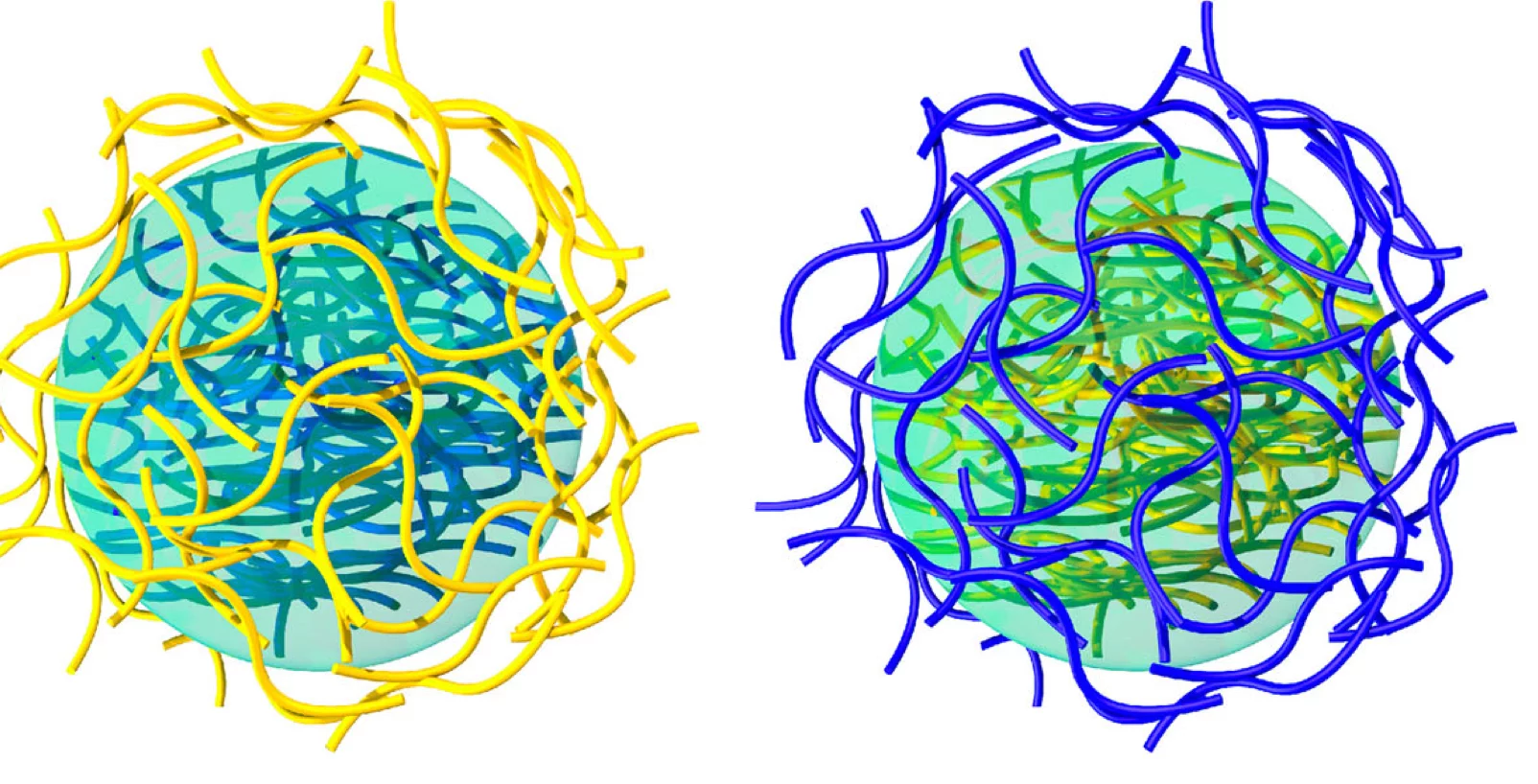Coacervation via liquid-liquid phase separation provides an excellent oppor- tunity to address the challenges of designing nanostructured biomaterials with multiple functionalities. Protein-polysaccharide coacervates, in particular, offer an appealing strategy to target biomaterial scaffolds, but these systems suffer from the low mechanical and chemical stabilities of protein-based condensates. Here we overcome these limitations by transforming native proteins into amyloid fibrils and demonstrate that the coacervation of cationic protein amyloids and anionic linear polysaccharides results in the interfacial self-assembly of biomaterials with precise control of their structure and properties. The coacervates present a highly ordered asymmetric architecture with amyloid fibrils on one side and the polysaccharide on the other. We demonstrate the excellent performance of these coacervates for gastric ulcer protection by validating via an in vivo assay their therapeutic effect as engi- neered microparticles. These results point at amyloid-polysaccharides coa- cervates as an original and effective biomaterial for multiple uses in internal medicine.
Reference: M. Peydayesh et al. , Nature Comm. 14, 1848 (2023)
Read full article: here


